Save the Adventure (19)
By:
November 2, 2013
Ruritanian Fantasies are adventures set in a land — perhaps somewhere in central Europe; perhaps in another dimension; perhaps in a lost valley in Africa or South America — where modernization hasn’t taken place yet — at least not in the social order. An adventurer from the modern world stumbles into this old-fashioned society… and a tale of high romance and intrigue is launched.
It’s not an atavistic adventure, because it’s not a daydream about reverting to savagery; it’s a daydream about reverting to chivalry. The themes of honor, loyalty, and love predominate in Ruritanian Fantasies. Such yarns frequently feature the restoration of monarchs to their thrones. The invisible prison, in such stories, is UNROMANCE, a world lacking knightly values and actions.
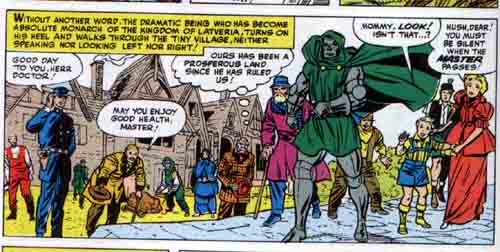
PS: See Wikipedia’s page on Fictional European Countries.
Thanks! To the nearly 400 adventure fans who kickstarted the SAVE THE ADVENTURE e-book club.
JOSH GLENN’S *BEST ADVENTURES* LISTS: BEST 250 ADVENTURES OF THE 20TH CENTURY | 100 BEST OUGHTS ADVENTURES | 100 BEST RADIUM AGE (PROTO-)SCI-FI ADVENTURES | 100 BEST TEENS ADVENTURES | 100 BEST TWENTIES ADVENTURES | 100 BEST THIRTIES ADVENTURES | 75 BEST GOLDEN AGE SCI-FI ADVENTURES | 100 BEST FORTIES ADVENTURES | 100 BEST FIFTIES ADVENTURES | 100 BEST SIXTIES ADVENTURES | 75 BEST NEW WAVE SCI FI ADVENTURES | 100 BEST SEVENTIES ADVENTURES | 100 BEST EIGHTIES ADVENTURES | 75 BEST DIAMOND AGE SCI-FI ADVENTURES | 100 BEST NINETIES ADVENTURES (in progress) | 1994 | 1995 | 1996 | 1997 | 1998 | 1999 | 2000 | 2001 | 2002 | 2003 | NOTES ON 21st-CENTURY ADVENTURES.
20 ADVENTURE THEMES AND MEMES: Index to All Adventure Lists | Introduction to Adventure Themes & Memes Series | Index to Entire Series | The Robinsonade (theme: DIY) | The Robinsonade (theme: Un-Alienated Work) | The Robinsonade (theme: Cozy Catastrophe) | The Argonautica (theme: All for One, One for All) | The Argonautica (theme: Crackerjacks) | The Argonautica (theme: Argonaut Folly) | The Argonautica (theme: Beautiful Losers) | The Treasure Hunt | The Frontier Epic | The Picaresque | The Avenger Drama (theme: Secret Identity) | The Avenger Drama (theme: Self-Liberation) | The Avenger Drama (theme: Reluctant Bad-Ass) | The Atavistic Epic | The Hide-And-Go-Seek Game (theme: Artful Dodger) | The Hide-And-Go-Seek Game (theme: Conspiracy Theory) | The Hide-And-Go-Seek Game (theme: Apophenia) | The Survival Epic | The Ruritanian Fantasy | The Escapade
* Prince Otto: A Romance is a novel written by Robert Louis Stevenson, first published in 1885. An action romance set in the imaginary Germanic state of Grünewald.
* Kidnapped is a historical fiction adventure novel by Robert Louis Stevenson. Written as a “boys’ novel” and first published in the magazine Young Folks from May to July 1886.
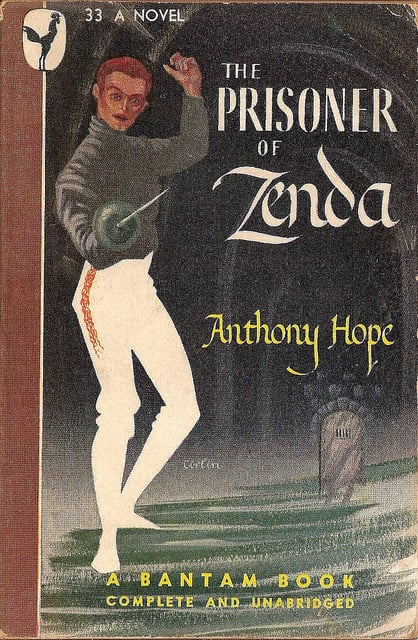
* Anthony Hope’s 1894 Ruritania novel, The Prisoner of Zenda. Ruritania is a fictional country in central Europe which forms the setting for three books by Hope. This novel set the type, with its handsome political decoy restoring the rightful king to the throne, and resulted in a burst of similar popular fiction. The novels gave their name to a genre called Ruritanian romance (or Graustarkian romance — from George Barr McCutcheon’s work).
* George Bernard Shaw’s 1894 play Arms and the Man parodied many elements of this sub-genre. Sardonic inversion.
* Anthony Hope’s 1896 Ruritania novel, The Heart of Princess Osra.
* Anthony Hope’s 1898 Ruritania novel, Rupert of Hentzau.
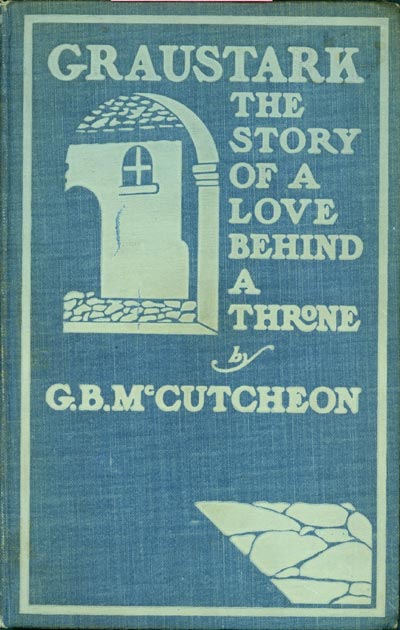
* George Barr McCutcheon’s Graustark novel Graustark: The Story of a Love Behind a Throne (1901). Graustark is a fictional country in Eastern Europe. The Graustark novels are stories of court intrigue, royal disguise, and romance similar to The Prisoner of Zenda. They were popular best-sellers at the time. The novels gave their name to a genre called Graustarkian romance (or Ruritanian romance from Hope’s work).
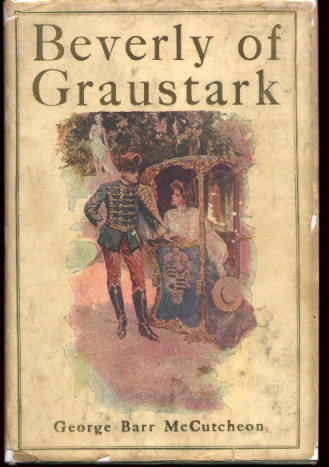
* George Barr McCutcheon’s Graustark novel Beverly of Graustark (1904).
* George Barr McCutcheon’s Graustark novel Truxton King: A Story of Graustark (1909).
* Edgar Rice Burroughs’s A Princess of Mars (1912). An American finds himself in a Ruritanian-style culture… which happens to be on Mars.
* George Barr McCutcheon’s Graustark novel The Prince of Graustark (1914).
* Edgar Rice Burroughs’s The Gods of Mars (1914)
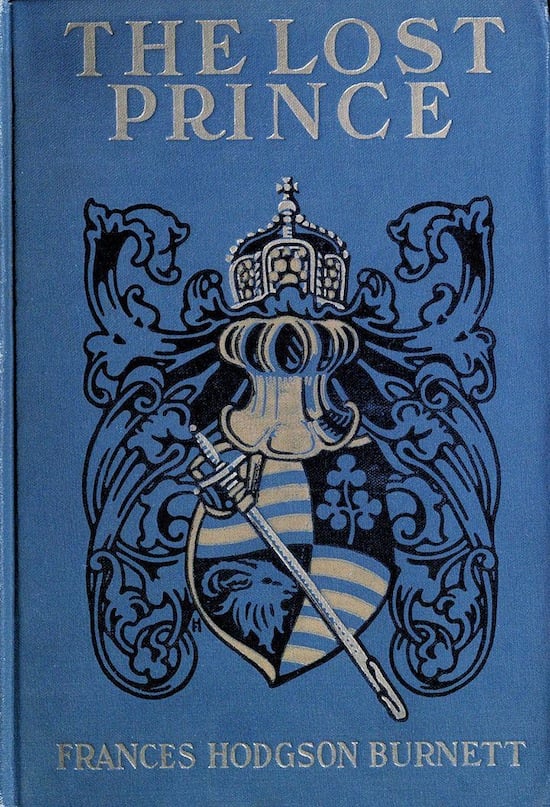
* Frances Hodgson Burnett’s 1915 YA novel The Lost Prince.
* Edgar Rice Burroughs’s The Warlord of Mars (1918)
* Edgar Rice Burroughs’s Thuvia, Maid of Mars (1920)
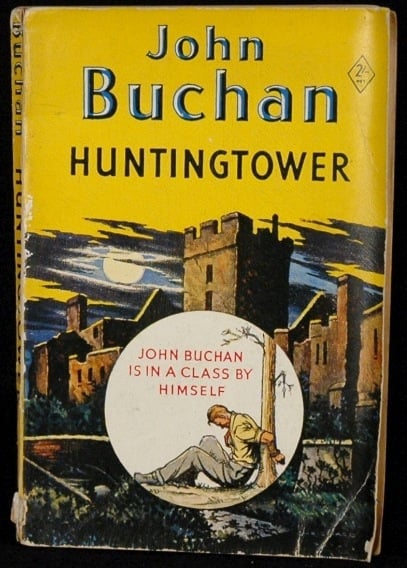
* John Buchan’s Huntingtower (1922) attempts to take the curse of irony off the word “adventure.” It makes room for a middle class grocer in a romantic adventure complete with exotic princess.
* Edgar Rice Burroughs’s The Chessmen of Mars (1922)
* Beau Geste is a 1924 adventure novel by P. C. Wren. French Foreign Legion.
* George Barr McCutcheon’s Graustark novel East of the Setting Sun (1924).
* George Barr McCutcheon’s Graustark novel The Inn of the Hawk and Raven (1927).
* Edgar Rice Burroughs’s The Master Mind of Mars (1928)
* Edgar Rice Burroughs’s A Fighting Man of Mars (1931)
* Dorothy Sayers’s 1932 murder mystery Have His Carcase features as the murder victim a man deceived by his murderers because of his foolish belief in his royal ancestry, fed by endless reading of Ruritanian romances. Sardonic inversion.
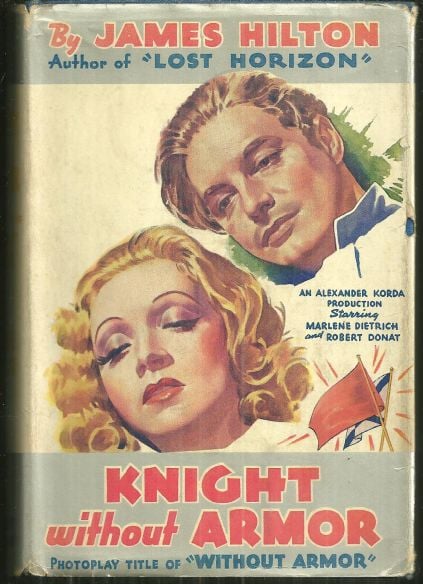
* Knight Without Armour is a British thriller novel by James Hilton, first published in 1933. A British secret agent in Russia rescues the daughter of a Tsarist minister from a group of Bolshevik revolutionaries.
* The Marx Brothers 1933 film Duck Soup is set in a bankrupt Freedonia. Sardonic inversion.
* Eric Ambler’s 1936 novel The Dark Frontier, taking place at the fictional East European country of Ixania, both uses and parodies the main elements of this sub-genre. Sardonic inversion or ironic homage?
* Edgar Rice Burroughs’s Swords of Mars (1936)
* In the 1938 story Biggles Goes to War, the epynomous World War I pilot Biggles was approached by Maltovia to set up an Air Force to protect them from their neighbour Lovitzna, both Ruritanian-style central European countries.
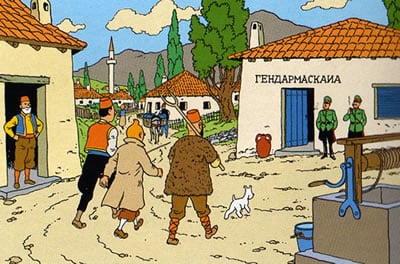
* In Hergé’s 1938–39 Tintin story King Ottokar’s Sceptre (French: Le Sceptre d’Ottokar), Tintin uncovers a plot aimed at dethroning King Muskar XII, the crowned monarch of Syldavia. Classic Ruritanian plot: identical twins!
* In Hergé’s 1939–1940/1948–1950 Tintin story Land of Black Gold, Tintin et al. discover a hidden Inca civilization.
* Edgar Rice Burroughs’s Synthetic Men of Mars (1940)
* In Hergé’s 1946–48 Tintin story Prisoners of the Sun, Tintin et al. rescue the young son of the local Emir Mohammed Ben Kalish Ezab, Prince Abdullah.
* Edgar Rice Burroughs’s Llana of Gathol (1948)
* In Hergé’s 1954–56 Tintin story The Calculus Affair, Tintin et al. rescue Professor Calculus from the Bordurians. Borduria is located in the Balkans and has a rivalry with the fictional neighbouring country of Syldavia.
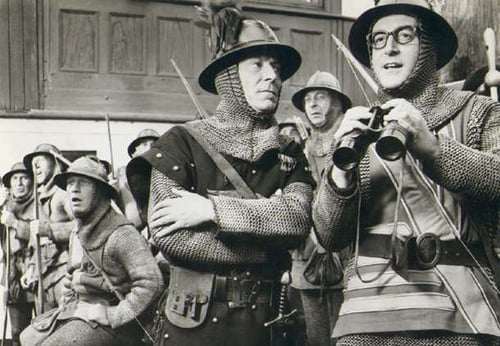
* In the satire The Mouse That Roared, a 1955 Cold War novel by Irish-American writer Leonard Wibberley, which launched a series of satirical books about an imaginary country in Europe, the Duchy of Grand Fenwick attempts to avoid bankruptcy by declaring war on the United States… as a ploy for gaining American aid. Sardonic inversion.
* In an odd take on the genre, the 1956 British sci-fi movie The Gamma People is set in Gudavia, a Ruritanian-style central European dictatorship.
* The first scenes of Charlie Chaplin’s 1957 movie A King in New York, where King Igor Shahdov is dethroned and escapes his unnamed country for America.
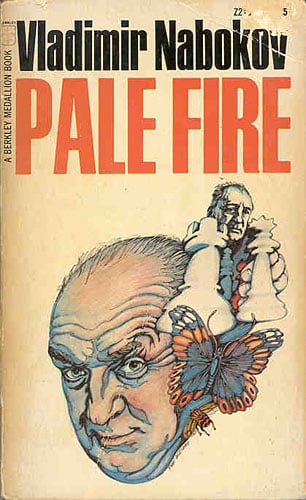
* In Vladimir Nabokov’s Pale Fire (1962), the main narrator has the delusion of being the incognito king of a “distant northern land” who romantically escaped a Soviet-backed revolution. Sardonic inversion.
* Latveria, ruled by Doctor Doom in the Marvel Comics Universe: an absolute monarchy in post-World War II Europe. Latveria first appeared in Fantastic Four Annual #1, published in 1972.
20 ADVENTURE THEMES AND MEMES: Index to All Adventure Lists | Introduction to Adventure Themes & Memes Series | Index to Entire Series | The Robinsonade (theme: DIY) | The Robinsonade (theme: Un-Alienated Work) | The Robinsonade (theme: Cozy Catastrophe) | The Argonautica (theme: All for One, One for All) | The Argonautica (theme: Crackerjacks) | The Argonautica (theme: Argonaut Folly) | The Argonautica (theme: Beautiful Losers) | The Treasure Hunt | The Frontier Epic | The Picaresque | The Avenger Drama (theme: Secret Identity) | The Avenger Drama (theme: Self-Liberation) | The Avenger Drama (theme: Reluctant Bad-Ass) | The Atavistic Epic | The Hide-And-Go-Seek Game (theme: Artful Dodger) | The Hide-And-Go-Seek Game (theme: Conspiracy Theory) | The Hide-And-Go-Seek Game (theme: Apophenia) | The Survival Epic | The Ruritanian Fantasy | The Escapade
MORE FURSHLUGGINER THEORIES BY JOSH GLENN: TAKING THE MICKEY (series) | KLAATU YOU (series intro) | We Are Iron Man! | And We Lived Beneath the Waves | Is It A Chamber Pot? | I’d Like to Force the World to Sing | The Argonaut Folly | The Perfect Flâneur | The Twentieth Day of January | The Dark Side of Scrabble | The YHWH Virus | Boston (Stalker) Rock | The Sweetest Hangover | The Vibe of Dr. Strange | CONVOY YOUR ENTHUSIASM (series intro) | Tyger! Tyger! | Star Wars Semiotics | The Original Stooge | Fake Authenticity | Camp, Kitsch & Cheese | Stallone vs. Eros | The UNCLE Hypothesis | Icon Game | Meet the Semionauts | The Abductive Method | Semionauts at Work | Origin of the Pogo | The Black Iron Prison | Blue Krishma! | Big Mal Lives! | Schmoozitsu | You Down with VCP? | Calvin Peeing Meme | Daniel Clowes: Against Groovy | The Zine Revolution (series) | Best Adventure Novels (series) | Debating in a Vacuum (notes on the Kirk-Spock-McCoy triad) | Pluperfect PDA (series) | Double Exposure (series) | Fitting Shoes (series) | Cthulhuwatch (series) | Shocking Blocking (series) | Quatschwatch (series) | Save the Adventure (series)
READ MORE essays by Joshua Glenn, originally published in: THE BAFFLER | BOSTON GLOBE IDEAS | BRAINIAC | CABINET | FEED | HERMENAUT | HILOBROW | HILOBROW: GENERATIONS | HILOBROW: RADIUM AGE SCIENCE FICTION | HILOBROW: SHOCKING BLOCKING | THE IDLER | IO9 | N+1 | NEW YORK TIMES BOOK REVIEW | SEMIONAUT | SLATE
